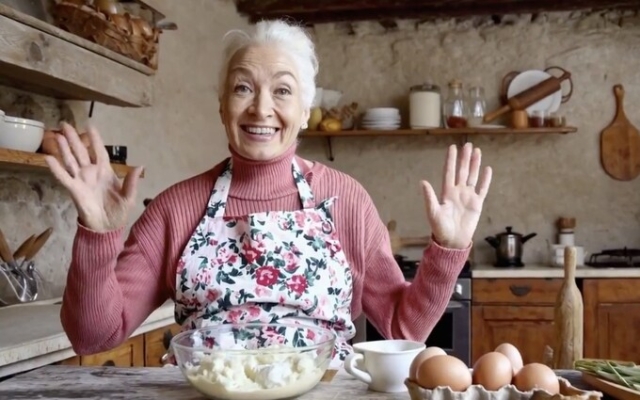 AI video of a “training session for making homemade gnocchi”; riddled with errors
AI video of a “training session for making homemade gnocchi”; riddled with errors
ChatGPT developer has unveiled a new artificial intelligence tool that can create photorealistic videos using only text prompts.
A new bot from Silicon Valley startup OpenAI—Japanese Sora word “Sky”—creates synthetic clips lasting up to a minute, which can look almost realistic.
The artificial intelligence tool can answer detailed queries and generate «complex scenes with multiple characters, specific types of movement and precise details,» OpenAI said.
Sam Altman, head of OpenAI, promoted the tool on X, formerly Twitter , inviting users to submit requests for videos, which Sora then created.
One particularly realistic video was created from a request: “[sic] homemade gnocchi tutorial hosted by social media influencer grandma, in rustic Tuscan country kitchen with cinematic lighting.»
However, although at first glance the clip may look hyper-realistic, there are errors in it.
The spoon used by the grandmother in the clip appears to be appears out of nowhere. The ring on her left hand also disappears. Meanwhile, a rolling pin on a shelf appears to be balanced at an impossible angle, and what appears to be a wooden wine bottle is visible in the background.
In a blog post, OpenAI admitted that its model sometimes has problems with physics or multi-character situations, while «animals or people can appear spontaneously.»
In another video showing a grandmother at her bottom birth, the characters' hands are distorted. Oddly enough, the flame on the birthday cake doesn't move when she tries to blow it out. In another, a basketball explodes when thrown into a hoop. OpenAI said the mistakes could lead to «humorous generations.»
Sora is able to understand requests for camera angles and video styles, creating incredibly realistic footage or cartoonish videos similar to Pixar films.
One example of a prompt that produced a realistic video was: “Extreme close-up of the blinking eye of a 24-year-old woman standing in Marrakech during magic hour, cinematic film shot on 70mm.”
p>
The introduction of Sora comes amid a surge of interest in artificial intelligence tools since the release of ChatGPT just over a year ago.
But the video-making tool will raise concerns among artists, animators and filmmakers that their jobs may be in jeopardy, and will also heighten concerns about highly convincing «deepfake» videos flooding the Internet.
OpenAI said its tool rejects requests to create videos with «extreme violence, sexual content, hateful images, celebrity images or other people's intellectual property.»
Sora has only been released to a select group of technical testers for now. , artists and filmmakers to help OpenAI identify the challenges and opportunities of this technology.
The company said it plans to hire third-party security experts to test its technology for weaknesses. He added that he «can't predict… all the ways people will abuse it.»
OpenAI isn't the only company launching video-generating AI models, but the product is notable because the company has already seen success with ChatGPT. and DALL-E, an imaging tool. Both products have attracted millions of users.
Previous product releases have drawn criticism that OpenAI ignores copyright laws by collecting massive amounts of data to train its artificial intelligence models.
The company is fighting multiple lawsuits from art authors and the New York Times over the claims. OpenAI says its use of the material complies with fair use.
OpenAI did not disclose which videos were used to train Sora, other than to say that its dataset included publicly available and licensed footage.
Can you find any other mistakes in the video of Sora's grandmother? Let us know in the comments below.


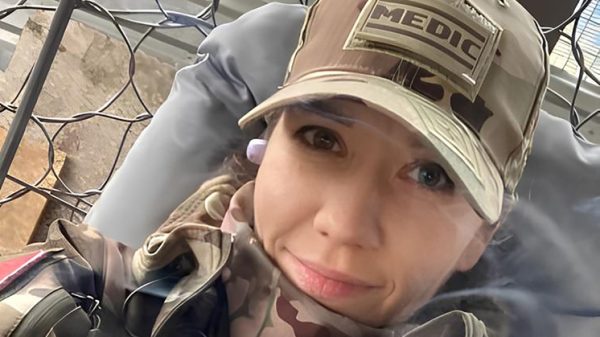




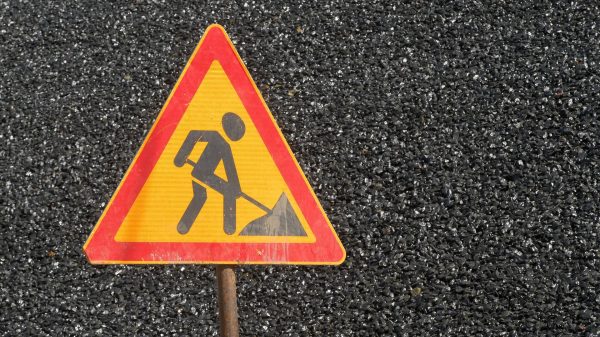
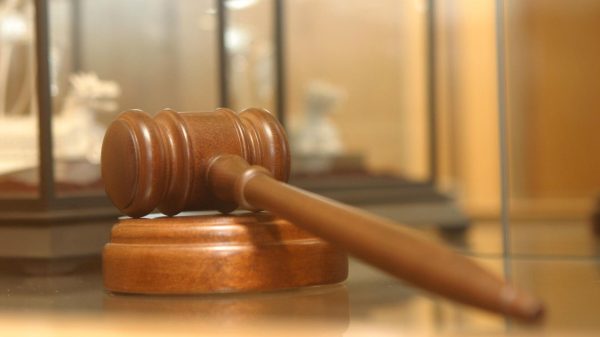
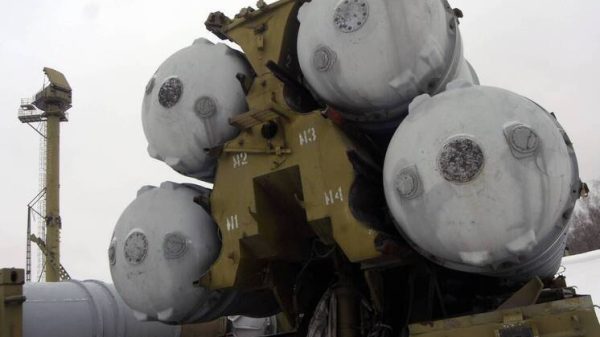
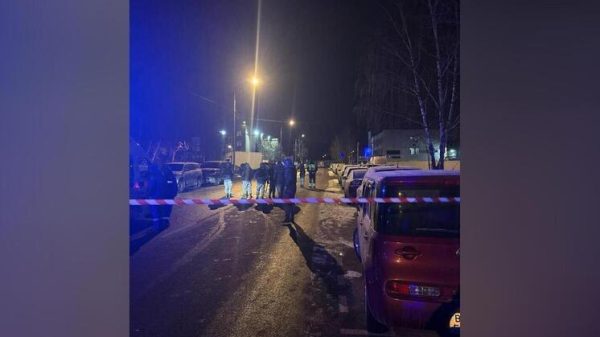
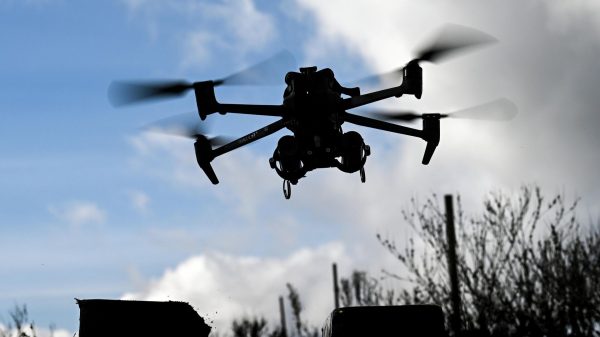

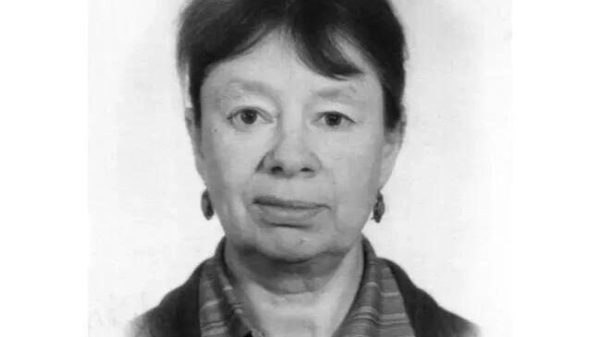

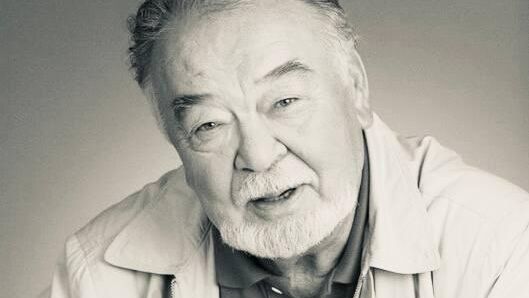


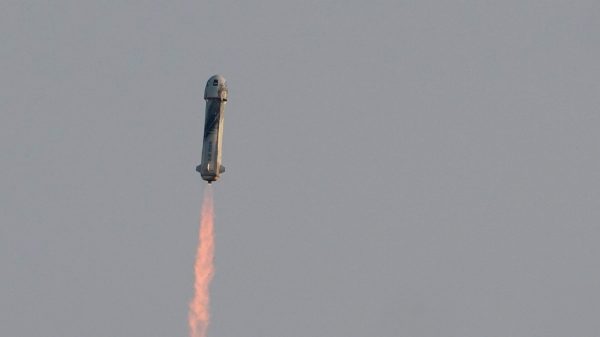
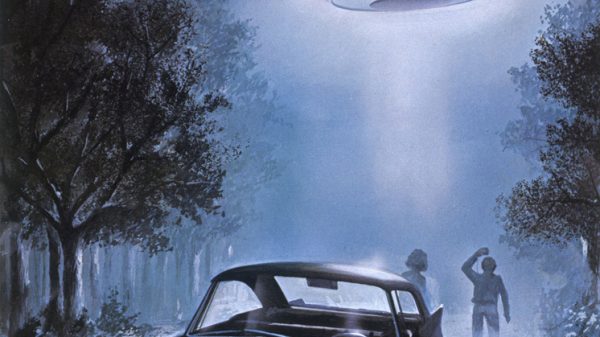
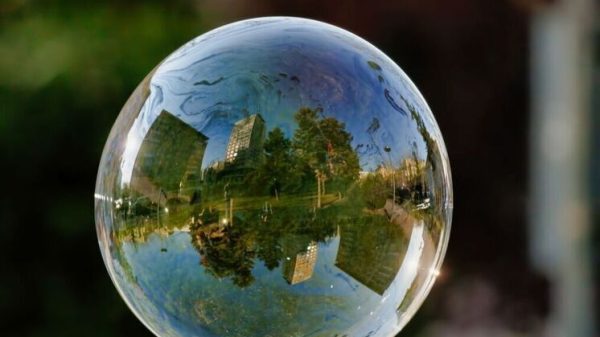
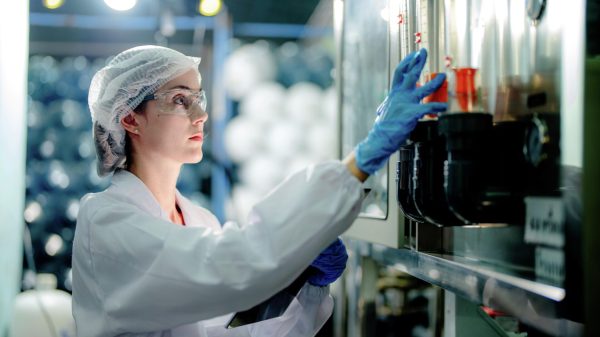












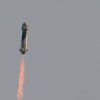


















Свежие комментарии